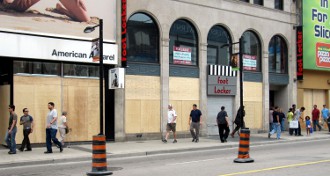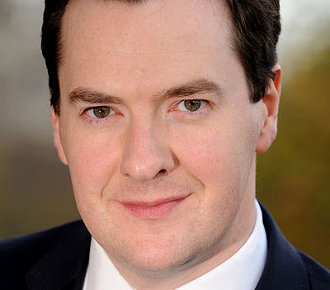 A government fund set up to help breathe life back into empty shops has been neglected.
A government fund set up to help breathe life back into empty shops has been neglected.
According to Freedom of Information requests seen by the BBC, the £10 million pot, named the High Street Innovation Fund, has only seen seven percent of money spent since it was set up a year ago.
The money was awarded to 100 councils with the worst affected High Streets in England, but of the 72 councils that responded to the FOI, 47 percent said they had spent a dime and the BBC worked out around £519,363.22 had been spent.
The government tried to make excuses, telling Aunty that it preferred the money was spent
“strategically and wisely” rather than quickly and wasted.
Earlier this month the BRC and London Assembly called for more action to be taken to keep shops alive, asking for tax breaks and pop up shops to help fill vacant spaces and attract footfall.
However, it seems even with cash in their back pockets no-one wants to comply.
The Freedom of Information requests were submitted by the independent retailer, Paul Turner-Mitchell, who claimed that the money that had been spent hadn’t fulfilled the brief of bringing life back into empty shops.
He said one council spent £10,900 on Christmas lights, while another spent £10,038 on a train station ramp. Swale Borough Council in Kent spent £164.60 on a snow machine, while only Wyre Forest District Council used the cash properly, splashing out £12,000 on bringing 10 empty shops back into use.
And there was more bad news for the high street with French Connection announcing consumer confidence had spelled out poor financials for 2012.
In the year to January 31, the retailer made an underlying pre-tax loss of £7.2 million, compared to the £4.6 million profit the previous year.
The company blamed costs from the closure of underperforming stores, and a £2 million goodwill impairment.









